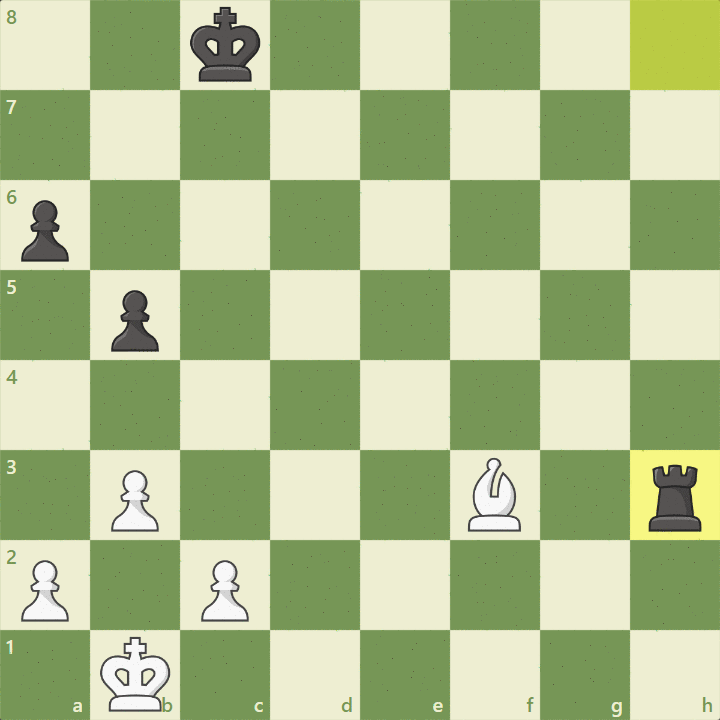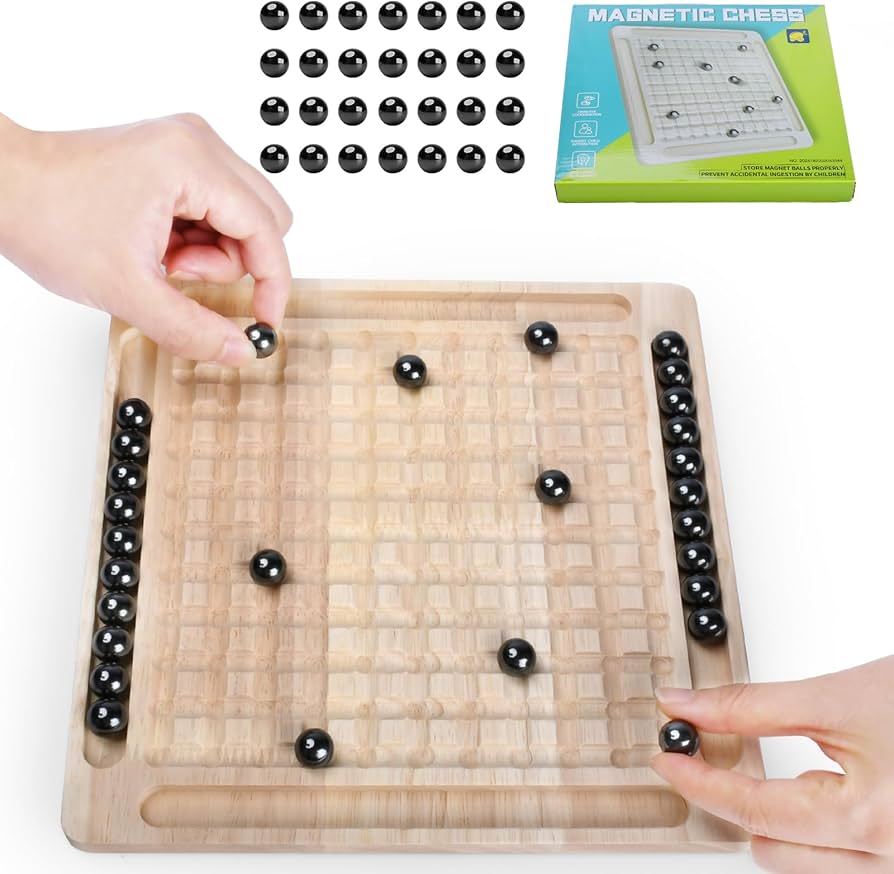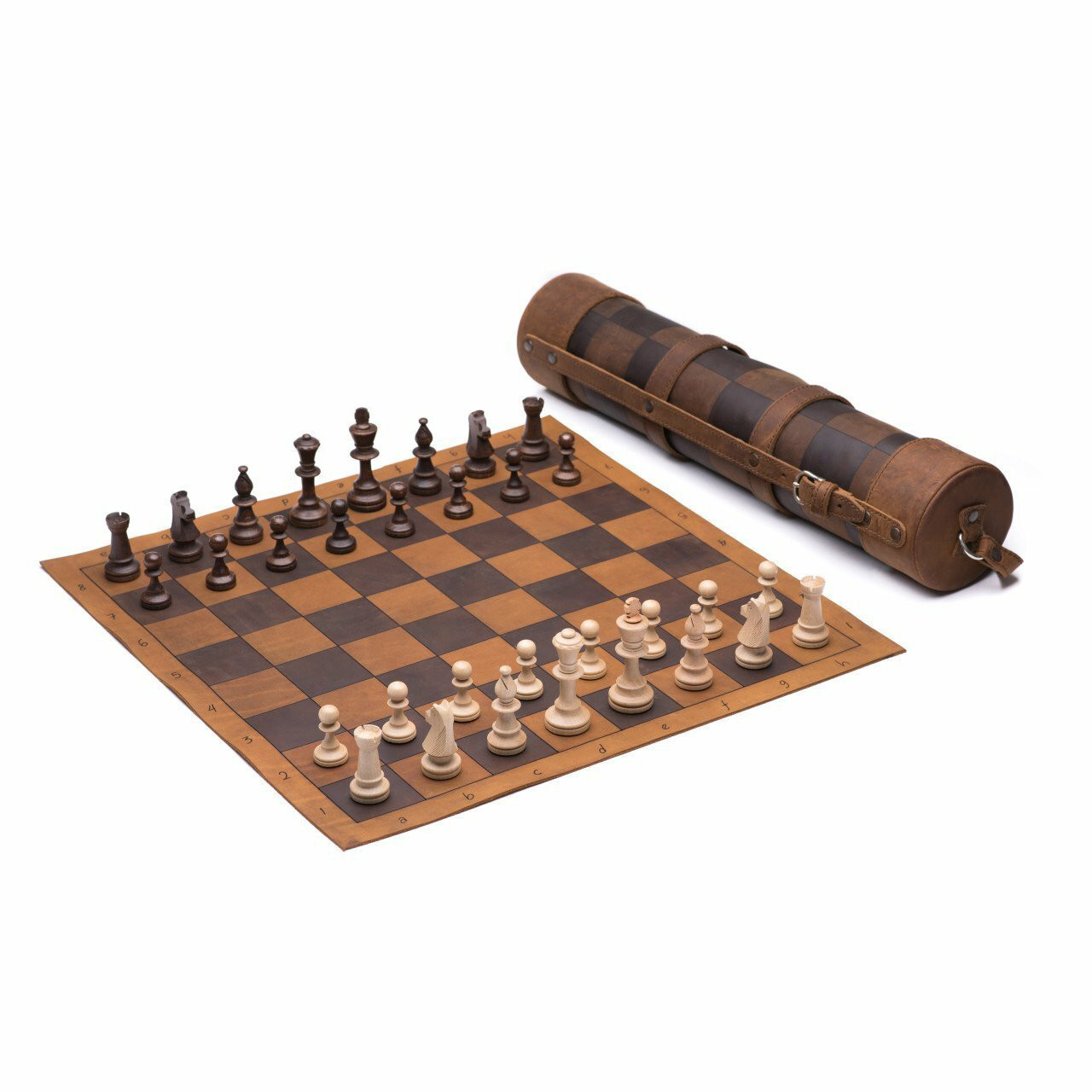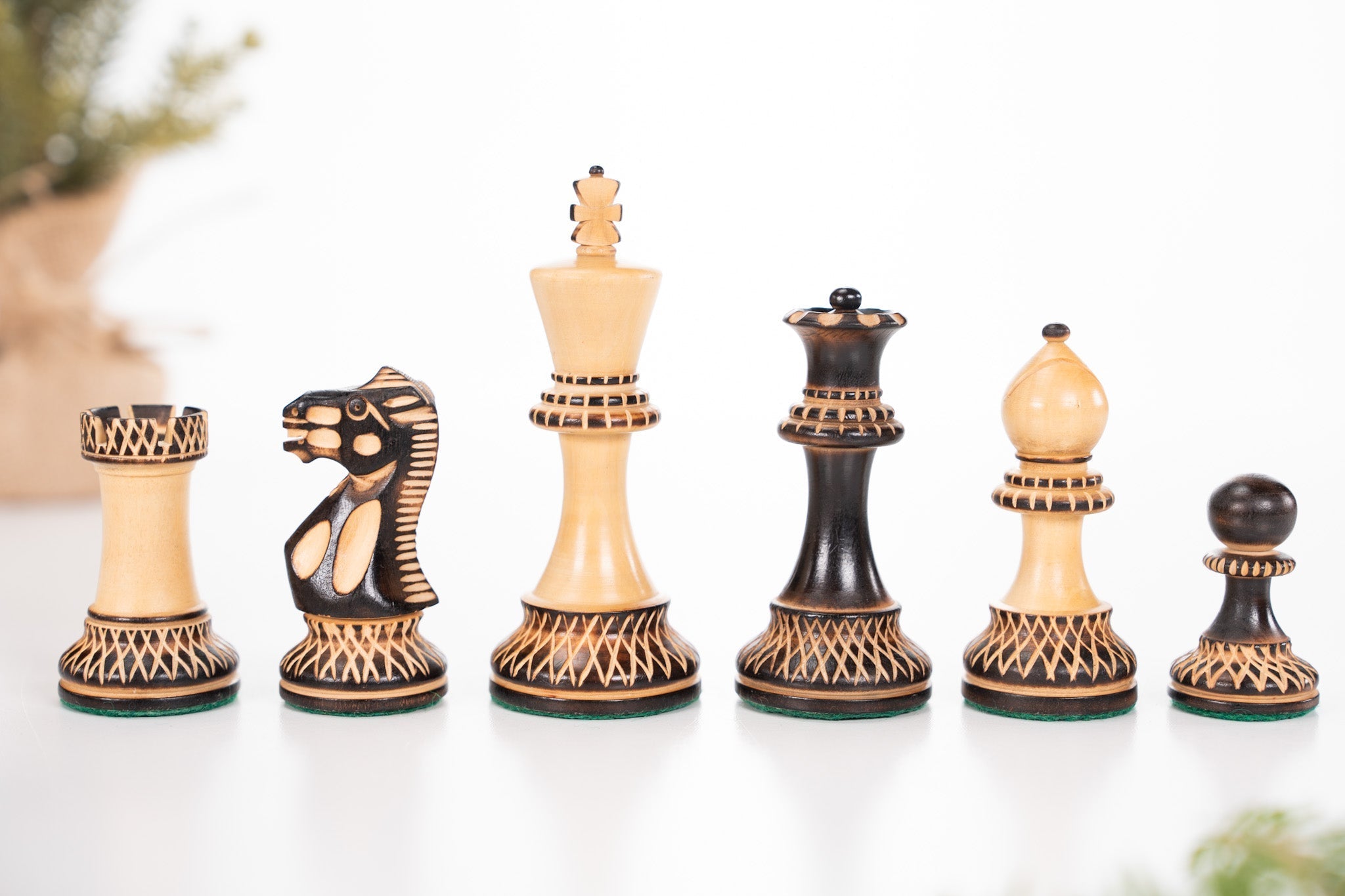Chess is a game of strategy and skill. One important tactic is the fork move. This move can help you gain an advantage over your opponent. In this article, you will learn what a fork move is and see an example.
What is a Fork Move?
A fork move is when one piece attacks two or more enemy pieces at the same time. This forces the opponent to choose which piece to save. The other piece will be captured. The fork move can be very powerful.
Types Of Fork Moves
There are different types of fork moves in chess. The most common ones are:
- Knight Fork
- Queen Fork
- Bishop Fork
- Rook Fork
- King Fork
- Pawn Fork
Knight Fork
The knight fork is the most common fork. The knight moves in an L-shape. It can attack two pieces at the same time. Here is an example:
| 8 | ||||||||
|---|---|---|---|---|---|---|---|---|
| 7 | ||||||||
| 6 | ||||||||
| 5 | ||||||||
| 4 | N | |||||||
| 3 | ||||||||
| 2 | ||||||||
| 1 | ||||||||
| a | b | c | d | e | f | g | h |
In this example, the knight (N) is placed on d4. The knight can move to b5 and attack two pieces, for instance.
Queen Fork
The queen is the most powerful piece. It can move in any direction. A queen fork can be very effective. Here is an example:
| 8 | Q | |||||||
|---|---|---|---|---|---|---|---|---|
| 7 | ||||||||
| 6 | ||||||||
| 5 | ||||||||
| 4 | ||||||||
| 3 | ||||||||
| 2 | ||||||||
| 1 | ||||||||
| a | b | c | d | e | f | g | h |
In this example, the queen (Q) on e8 can fork by moving to e4. It attacks two pieces.
Bishop Fork
The bishop moves diagonally. It can also create a fork. Here is an example:
| 8 | ||||||||
|---|---|---|---|---|---|---|---|---|
| 7 | ||||||||
| 6 | B | |||||||
| 5 | ||||||||
| 4 | ||||||||
| 3 | ||||||||
| 2 | ||||||||
| 1 | ||||||||
| a | b | c | d | e | f | g | h |
In this example, the bishop (B) on f6 can move to c3, creating a fork.
Rook Fork
The rook can move in straight lines. It can also create a fork. Here is an example:
| 8 | ||||||||
|---|---|---|---|---|---|---|---|---|
| 7 | ||||||||
| 6 | ||||||||
| 5 | ||||||||
| 4 | R | |||||||
| 3 | ||||||||
| 2 | ||||||||
| 1 | ||||||||
| a | b | c | d | e | f | g | h |
In this example, the rook (R) on e4 can move to e8, attacking two pieces.
King Fork
The king can move one square in any direction. It can also create a fork. Here is an example:
| 8 | ||||||||
|---|---|---|---|---|---|---|---|---|
| 7 | ||||||||
| 6 | ||||||||
| 5 | ||||||||
| 4 | ||||||||
| 3 | ||||||||
| 2 | ||||||||
| 1 | ||||||||
| a | b | c | d | e | f | g | h |
In this example, the king can move to d4, attacking two pieces.
Pawn Fork
The pawn can move forward one square. It can attack diagonally. A pawn fork is also possible. Here is an example:
| 8 | ||||||||
|---|---|---|---|---|---|---|---|---|
| 7 | ||||||||
| 6 | ||||||||
| 5 | ||||||||
| 4 | ||||||||
| 3 | ||||||||
| 2 | ||||||||
| 1 | ||||||||
| a | b | c | d | e | f | g | h |
In this example, the pawn can move to d5, attacking two pieces.
Why Use a Fork Move?
A fork move can change the game. It forces your opponent to make a hard choice. They must save one piece and lose the other. This can give you a big advantage. You can capture important pieces like the queen or rook.

Credit: chessfox.com
How to Spot Fork Moves
To spot fork moves, look at the position of your pieces. See if one piece can attack two or more enemy pieces. The knight is great for this. The queen is also powerful. Practice makes perfect. The more you play, the better you will get at spotting forks.

Credit: www.chess.com
Conclusion
The fork move is a powerful tactic in chess. It can help you gain an advantage over your opponent. Remember to look for opportunities to create a fork. Practice and study games to improve your skills. Happy playing!







